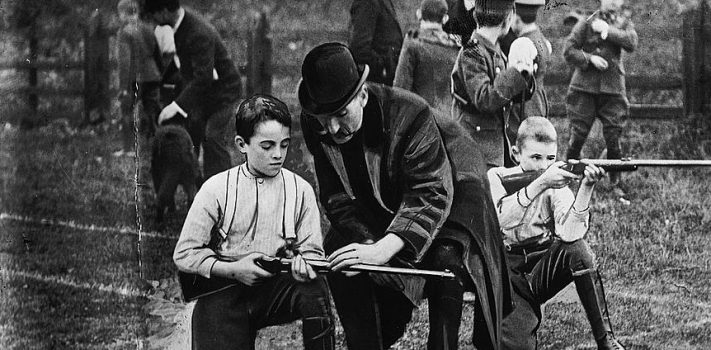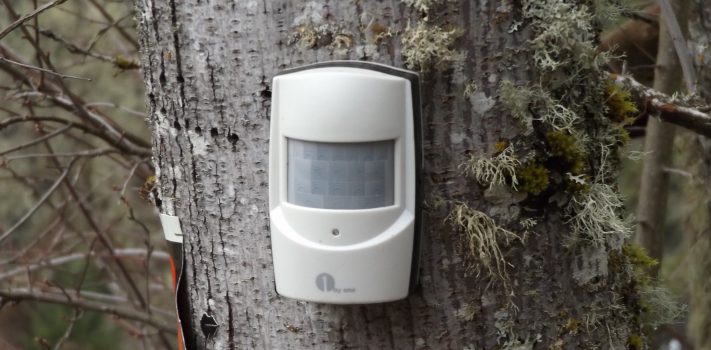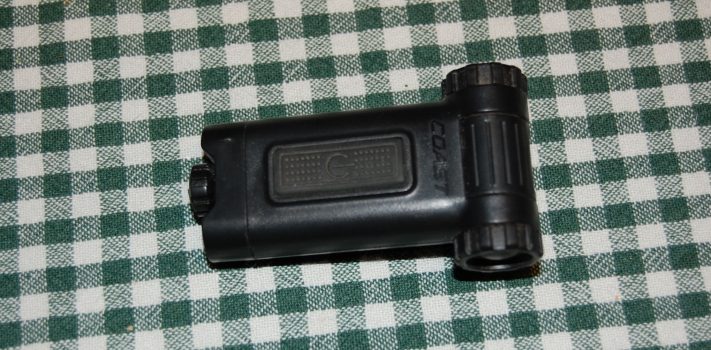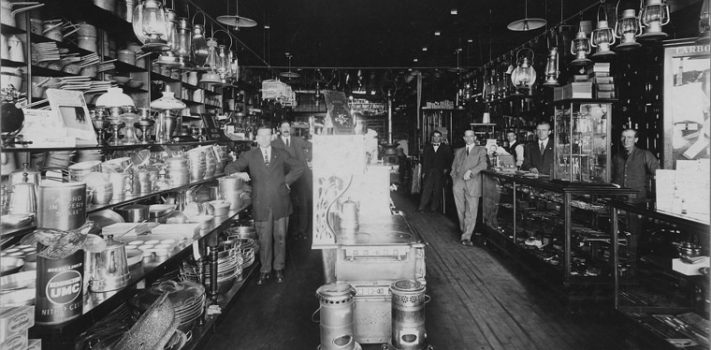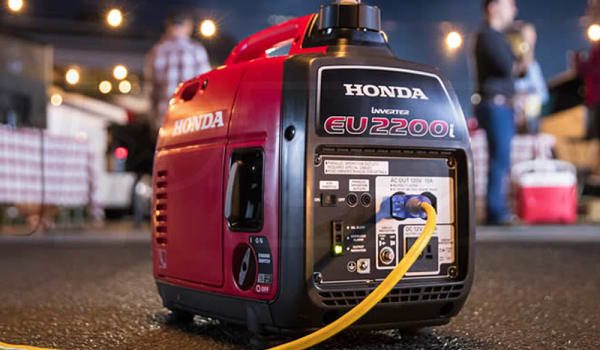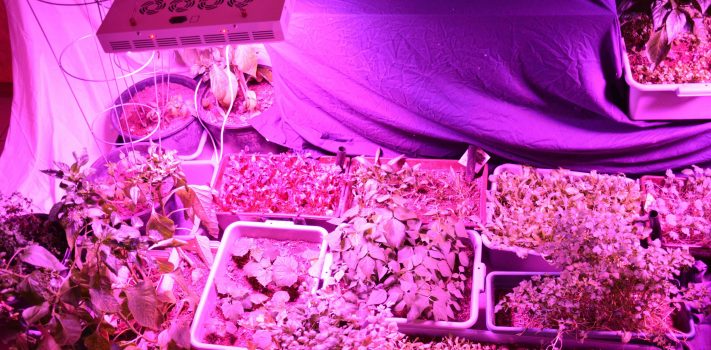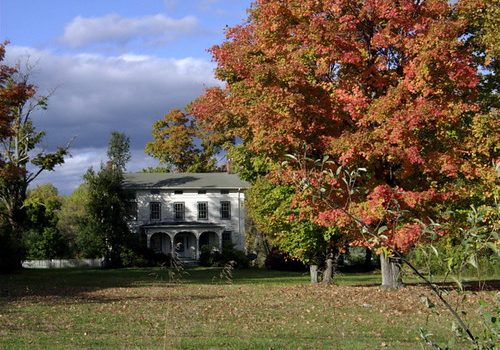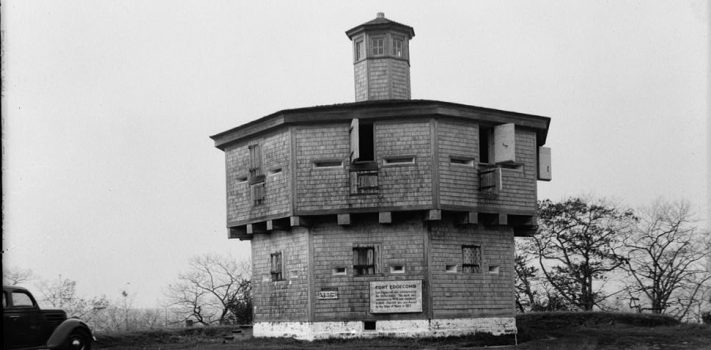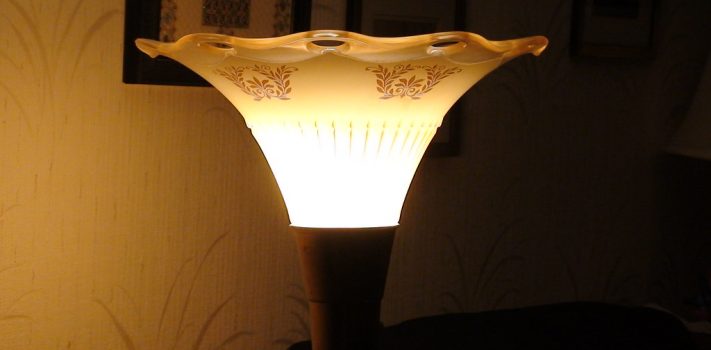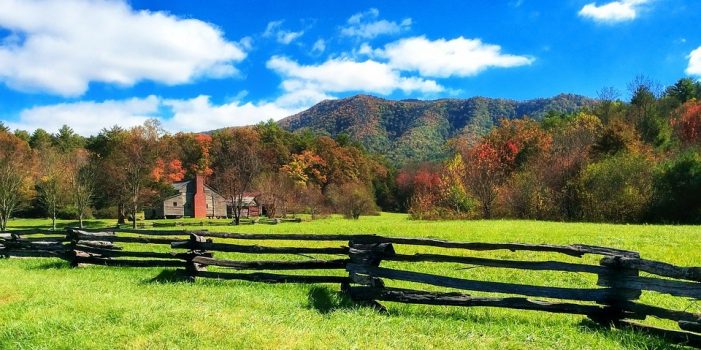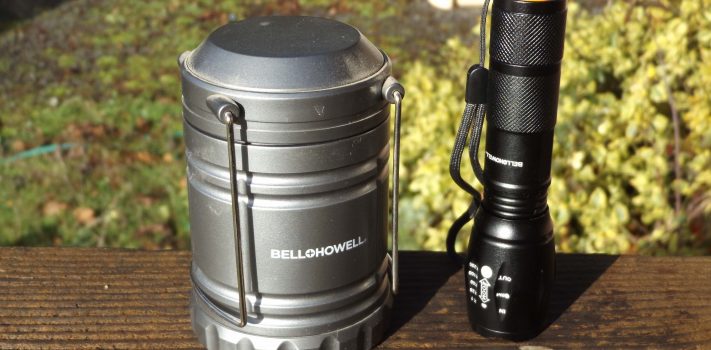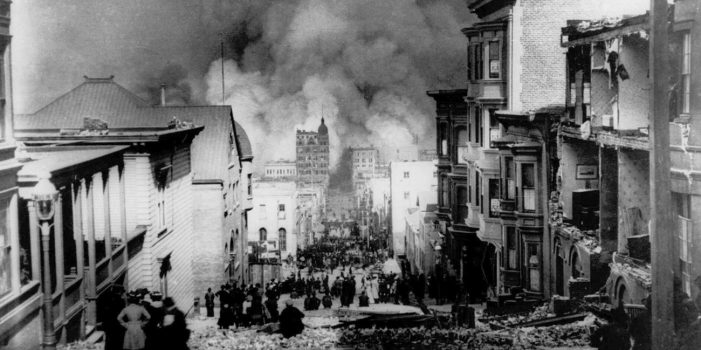An Old Boy Scout’s Journey – Part 1, by Rocket J. Squirrel
What prompted me to begin preparing? I am not certain if there was one specific trigger. I’d like to share my journey to becoming “more” prepared? If you have recently realized that you need to be prepared to take care of your family, your community and your country in the event that really bad things happen, then hopefully my journey will encourage you. Maybe not, since it has taken me so long. I am still on the journey, still learning, still implementing new things about which I learn. My perspective continues to change. My beautiful bride and I are not …

